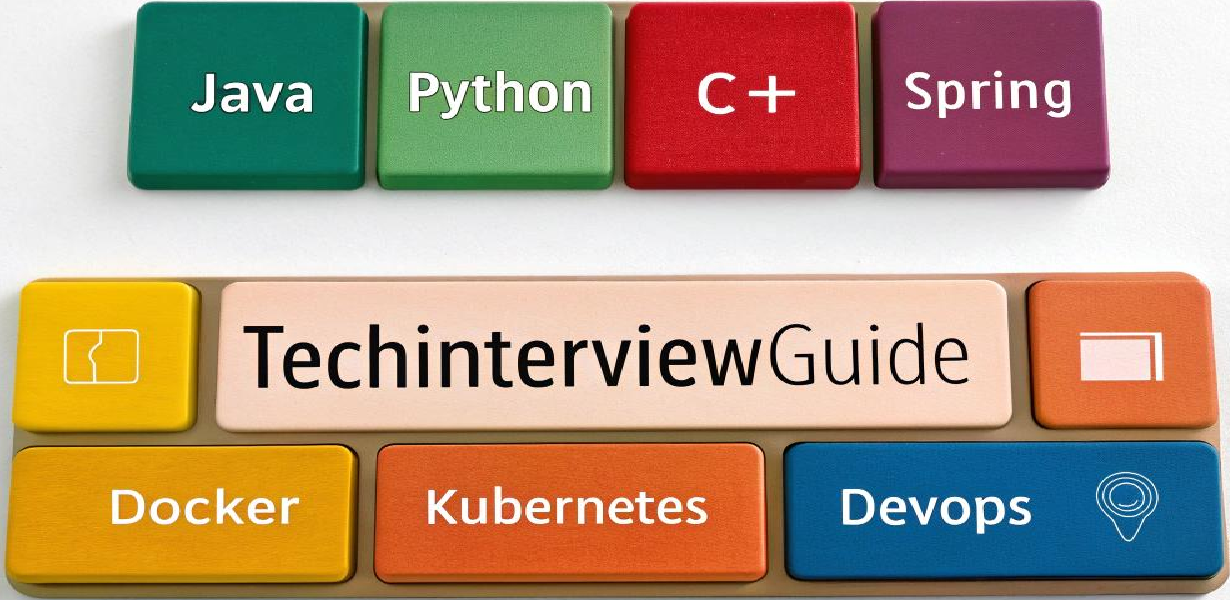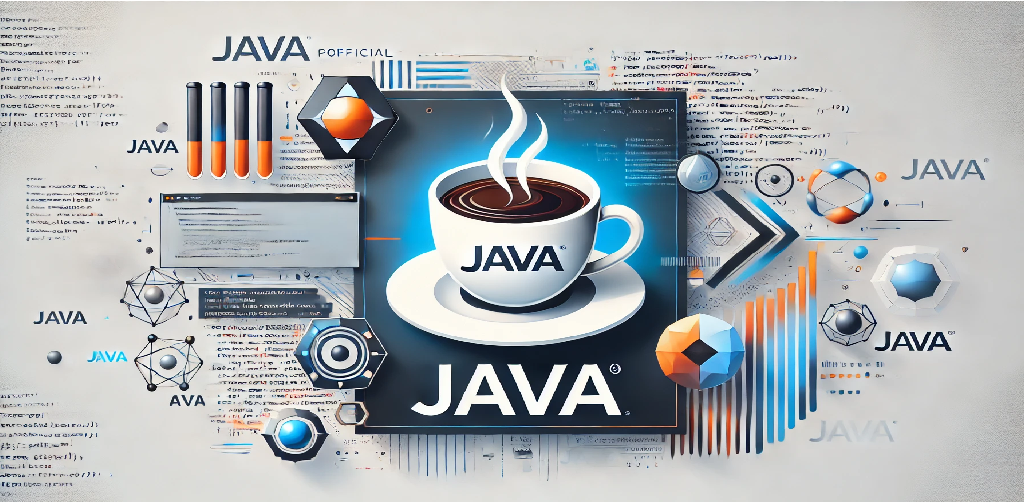The Fork/Join Framework is an important tool in Java’s concurrency toolkit, which helps you split tasks into smaller subtasks and execute them in parallel, maximizing CPU usage. It is part of the java.util.concurrent package, introduced in Java 7. This framework makes it easier to write parallel code without worrying about low-level thread management, synchronization, and thread pool management.
The core idea behind the Fork/Join framework is breaking a large task (usually a recursive task) into smaller, more manageable parts, processing them concurrently, and then combining the results. It’s particularly useful for applications that deal with large amounts of data that can be processed in parallel.
How Does the Fork/Join Framework Work?
The Fork/Join framework relies on the ForkJoinPool, which is a special type of thread pool designed to efficiently manage tasks in parallel. It uses a work-stealing algorithm, where idle threads “steal” tasks from busy threads, which helps to improve load balancing and overall system efficiency.
The two key components of the Fork/Join framework are:
- Fork: This is when a task is divided into smaller subtasks. The task is divided recursively until the base case (a small enough task) is reached.
- Join: Once all the subtasks are completed, the results are combined to produce the final result.
Basic Code Example of Fork/Join Framework
Below is a simple example that demonstrates how to use the Fork/Join framework in Java. This example calculates the sum of an array using the Fork/Join framework.
import java.util.concurrent.RecursiveTask;
import java.util.concurrent.ForkJoinPool;
public class ForkJoinExample {
// Task that calculates sum of elements in an array
static class SumTask extends RecursiveTask {
private final long[] array;
private final int start;
private final int end;
public SumTask(long[] array, int start, int end) {
this.array = array;
this.start = start;
this.end = end;
}
@Override
protected Long compute() {
if (end - start <= 10) {
long sum = 0;
for (int i = start; i < end; i++) {
sum += array[i];
}
return sum;
} else {
int mid = (start + end) / 2;
SumTask left = new SumTask(array, start, mid);
SumTask right = new SumTask(array, mid, end);
left.fork(); // Forking left task
long rightResult = right.compute(); // Processing right task
long leftResult = left.join(); // Joining left task result
return leftResult + rightResult; // Combining results
}
}
}
public static void main(String[] args) {
long[] array = new long[100000];
for (int i = 0; i < array.length; i++) {
array[i] = i + 1;
}
ForkJoinPool pool = new ForkJoinPool();
SumTask task = new SumTask(array, 0, array.length);
long result = pool.invoke(task);
System.out.println("Sum of array: " + result);
}
}
In this example, we define a SumTask class that extends RecursiveTask, which is a task that returns a result. The task divides the array into smaller sections until each section has 10 or fewer elements, which is the threshold for the base case. The array is then processed in parallel using the Fork/Join pool.
When to Use the Fork/Join Framework?
The Fork/Join framework is particularly useful for recursive problems that can be divided into smaller subproblems. Some common use cases include:
- Calculating large sums (e.g., summing elements in an array)
- Searching for an element in large datasets
- Sorting large datasets (e.g., Parallel MergeSort or Parallel QuickSort)
- Processing images or data in parallel chunks
Advantages of Using the Fork/Join Framework
- Improved Performance: By utilizing multiple processors/cores, the Fork/Join framework can speed up computation-heavy tasks.
- Work-Stealing Algorithm: Threads dynamically steal tasks from other threads, improving load balancing.
- Task Recursion: Fork/Join is designed to handle recursive tasks easily, making it ideal for divide-and-conquer algorithms.
- Simplicity: The framework abstracts much of the complexity of thread management, making it easier to write parallel code.
Limitations of Fork/Join Framework
- Task Granularity: If the tasks are not divided fine enough, you may not see a significant speedup due to overhead from task management.
- Not Ideal for All Types of Tasks: For tasks that cannot be easily divided into smaller subtasks, Fork/Join may not be the right approach.
- Overhead for Small Tasks: If the base case is reached quickly and the array or data size is small, the overhead of task management may outweigh the benefits of parallelism.
Advanced Usage and Customization
The Fork/Join framework allows for greater flexibility with the ForkJoinPool. You can control the number of threads in the pool and customize the way tasks are split or processed. For more complex tasks, you can subclass RecursiveTask or RecursiveAction (if no result is returned) and define the logic for task division and combining results.
Here’s an example of how you can customize a ForkJoinPool:
ForkJoinPool customPool = new ForkJoinPool(4); // Using 4 threads in the pool
long result = customPool.invoke(new SumTask(array, 0, array.length));
System.out.println("Sum with custom pool: " + result);
In this case, we specify that the pool should use 4 threads. You can adjust this depending on the available CPU cores or the task's nature.
Conclusion
The Fork/Join framework is a powerful tool for parallel processing in Java. It abstracts the complexities of multithreading and enables you to write efficient parallel code. By breaking down tasks into smaller subtasks and utilizing work-stealing, Fork/Join optimizes resource usage and improves the performance of data-intensive applications. However, it’s important to consider task granularity and the nature of the problem to fully benefit from the framework.

